The Hidden Cost: Exploring the Impact of Microplastics on Marine Life

Unveiling the Invisible Threat:
Microplastics, often invisible to the naked eye, are wreaking havoc on marine life in ways we’re only beginning to understand. These minuscule particles, measuring less than five millimeters in size, come from a variety of sources, including the breakdown of larger plastic debris and the shedding of microfibers from synthetic textiles.
A Magnified Impact:
Despite their small size, microplastics have a magnified impact on marine ecosystems. From filter-feeding organisms like plankton to larger marine animals such as fish and seabirds, countless species are ingesting these particles, mistaking them for food. This ingestion can lead to a range of harmful effects, including starvation, reproductive issues, and organ damage.
From Ocean to Plate:
But the impact of microplastics doesn’t stop at the water’s edge. As marine animals ingest these particles, they enter the food chain, posing potential risks to human health as well. Studies have found microplastics in a variety of seafood products, raising concerns about the long-term consequences of plastic pollution on human populations.
A Call to Action:
The prevalence of microplastics in our oceans is a stark reminder of the urgent need for action to address plastic pollution. From reducing plastic consumption and improving waste management practices to developing innovative cleanup technologies, there are steps we can take to stem the tide of microplastics entering our oceans.
Empowering Change:
Ultimately, the fight against microplastic pollution requires a collective effort. By raising awareness, advocating for policy change, and supporting research into sustainable alternatives, we can work together to protect our oceans and the countless species that call them home.
Conclusion:
As we confront the invisible threat of microplastics, let us not lose sight of the importance of preserving our oceans for future generations. By taking decisive action to reduce plastic pollution and mitigate its impact on marine life, we can ensure that our oceans remain vibrant, healthy ecosystems for years to come.
